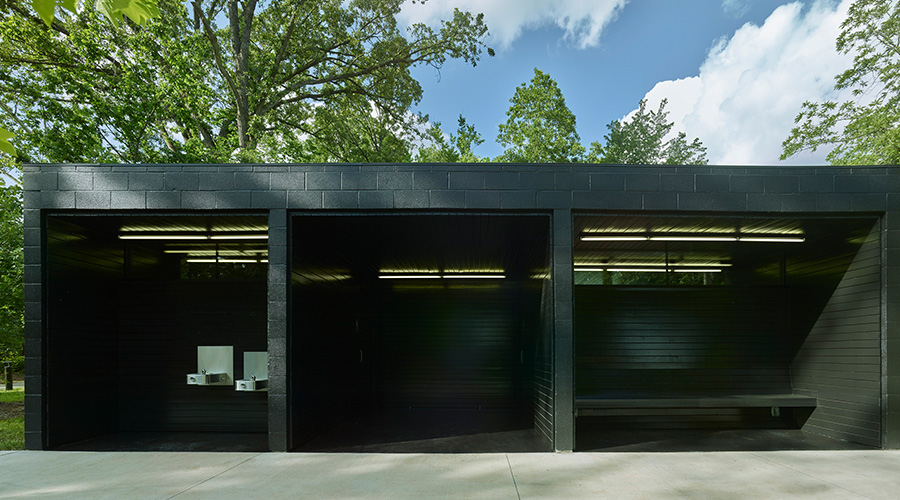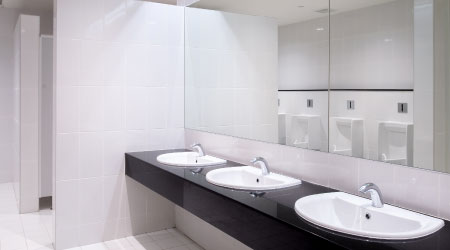Motor Technology and its Role in Energy Savings
Managers also can take a closer look at the role of motors in curtailing the energy required to move hot water throughout facilities. Motor technology has advanced tremendously in recent years, yet many drives still in use are driven by older, inefficient motors in disrepair. The most common type of motor, the open, drip-proof motor, is cooled by an internal fan that draws air — along with whatever pollutants are in the air — into and through it to prevent heat buildup.
Technicians need to clean motors periodically, or they will continually run hot due to dirt buildup inside the housing. Technicians also need to keep motors lubricated to reduce friction losses, unless they have sealed bearings. One quick way to find out if the motor is overheating is to check the running amps with a tong-tester at the switch box. The nameplate records the maximum full-load amps. If the motor is pulling more than nameplate amps, it is overloaded and should be shut down until technicians can correct the problem. Usually it is more cost-effective to replace small motors than to repair them.
New premium-efficiency motors draw fewer amps for the same output than older ones. Heat is the number one cause for low efficiency. More energy goes into useful work, due to narrower air gaps between rotor and stationery windings, copper cores, better heat dissipation through finned housings, more efficient and lighter carbon technology fans, better end-bell vent designs, and better insulation.
Another frequent cause of energy loss is sizing the motor incorrectly. Motor manufacturer websites feature energy-savings calculators that can save thousands of dollars for end users who employ this calculator tool to determine optimum premium-motor type, size, as well as the savings versus a standard motor.
Related Topics:














